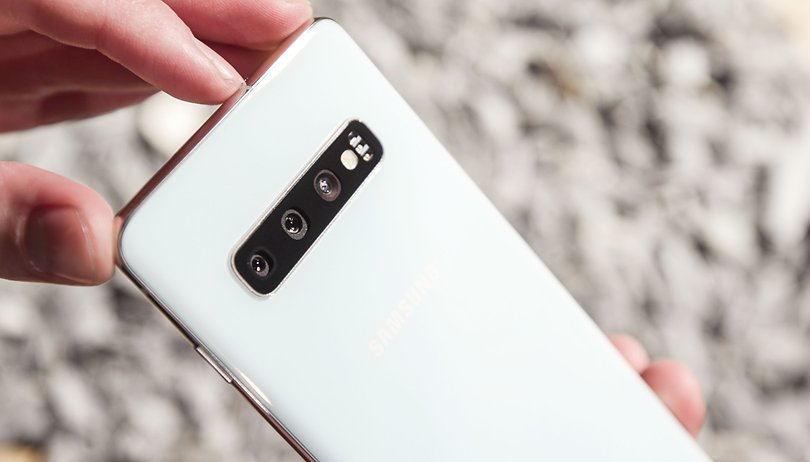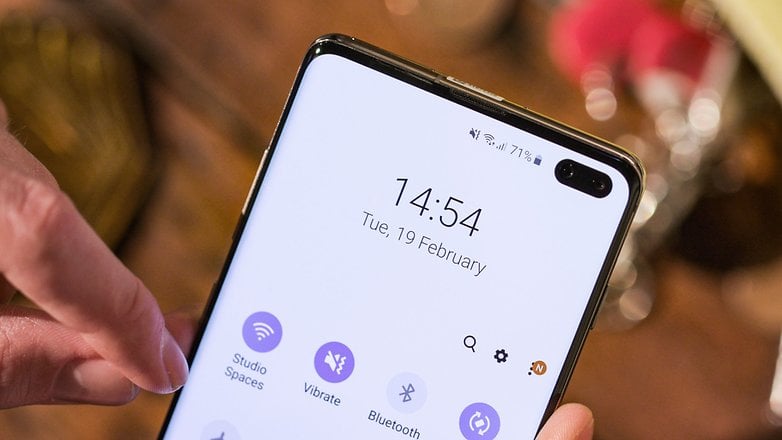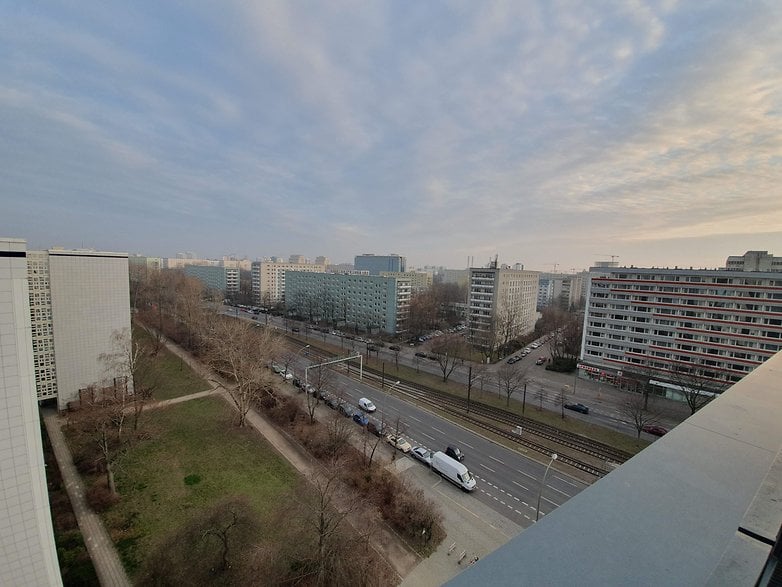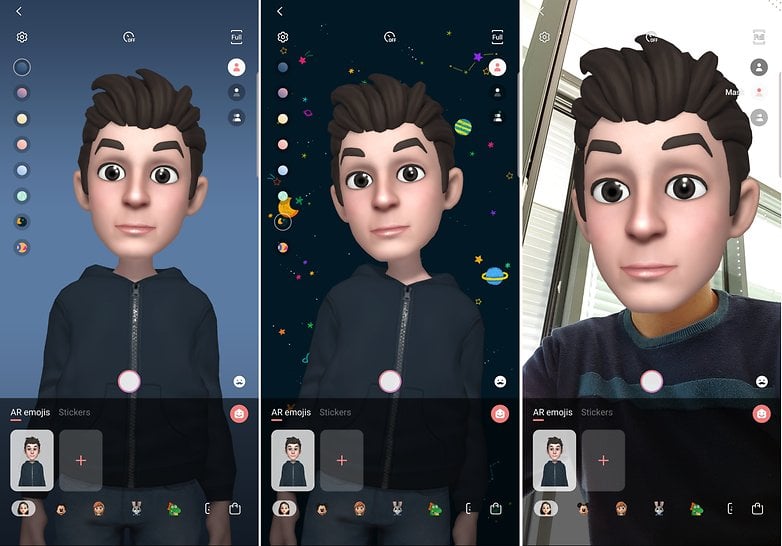Welcome back Samsung: the Galaxy S10 Plus camera fears no one


Despite the huge choice of high-end devices to satisfy every kind of photography lover, the Samsung Galaxy S10 Plus has been one of the most anticipated camera phones this year. I've been trying out its five cameras, putting them through their paces under different conditions. So how did it fare?
No matter the budget available, in the Android world there is now a smartphone from almost every manufacturer that can take beautiful photos. For example, the Google Pixel 3 has incredible software processing capabilities, the Honor View20 handles a powerful 48MP sensor, and finally, the Huawei Mate 20 Pro uses a triple camera configuration that captures stunning images regardless of the situation.

However, Samsung has a certain reputation for photography, which is why we have been eagerly awaiting (myself in particular) the arrival of the new flagships from the South Korean company. Last year, the Galaxy S9 and S9 Plus showed great results, but now it's time to step aside and give way to the new leader of the Galaxy line.
It's time to renew your hardware
With the Galaxy S10, Samsung has significantly renewed the design and arrangement of its sensors, opting for a horizontally arranged triple camera consisting of the following configuration:
- A 12MP Dual Pixel main sensor with a variable aperture (f/1.5 - f/2.4);
- A 12MP telephoto lens with 2x optical zoom and f/2.4 aperture;
- A 16MP ultra-wide-angle sensor with f/2.2 aperture offering a field of view of up to 123 degrees.
Hidden inside the holes of the front panel (which we will talk about later) you can find two more cameras, one 10MP (f/1.8) and one 8MP (f/2.2) that is mainly dedicated to the detection of the depth of field.

Samsung couldn't miss out on AI
Although Samsung only sparingly used the term AI during its Unpacked event on February 20, but this does not mean that its camera doesn;t benefit from the help of this technology. After all, the new SoC Exynos 9820 (or Snapdragon 855 in the US) under the hood has its own NPU (Neural Processing Unit) which is positioned to support the image processing software, which now allows us to obtain much improved photographic quality. Even after the first shot, the difference from S9+ and the more recent Galaxy Note 9 is obvious.

Using the dedicated neural processor and artificial intelligence in the software, the Galaxy S10 Plus camera can recognize up to 30 different subjects, automatically adjusting the camera's parameters to always deliver a shot that matches the situation. Unlike many other smartphones (from LG and Huawei, for example), I noticed that the Samsung AI is much less aggressive and I preferred to leave the function active, although the manufacturer provides the ability to turn it off with a touch without having to dig through the various settings menus.
Sensational shots, but not in the dark...
But let's get to the point: you're probably wondering "how do photos taken with the Galaxy S10 Plus look?". They look really good in almost every situation, scene and location. The strengths of this camera in the flagships of the South Korean company are present again this time: the camera is incredibly fast to shoot, the dynamic range and colors look great and you are always able to get bright photos.

I also noticed that this year the HDR processing has also been strengthened, which helps in a lot of situations, especially when shooting at sunset against the light. However, when the sun goes down, the photo quality of the Galaxy S10 Plus falls behind the Google Pixel 3 (XL) and Huawei Mate 20 Pro. Night shots are still good and usable, but Samsung's software is absolutely not capable of producing the amazing photos of its direct competitors.

Moreover, the Galaxy S10 Plus has no mode dedicated to night shots. The Bright Night mode talked about can be activated from the camera app settings. This function, when activated, will try to give more light to your shots in low light conditions.
Finally, there is also a Starburst mode that automatically applies a "star effect" to each light detected by the camera in night shots, making it a bit more Christmassy.

Apart from that, take a look at the gallery of photos taken with Galaxy S10 Plus at this link.
Let's have fun with the ultra-wide-angle
But let's move on to the most fun part of this camera: the new ultra-wide-angle lens. Yes, I know, it is not new to see this type of sensor on a smartphone, but it is the first time that Samsung has decided to use it on one of its flagship devices. The company's new strategy is clear: test the new features first on the mid-range and, when they are mature, install them on the top-end stuff that costs a lot more money.
It's a strategy that is definitely working since this third sensor with a field of view of 123 degrees was wonderful. Just as I saw on the LG V40 ThinQ, Samsung's ultra-wide-angle lens also provides a fun new shooting option that reflects the field of view of the human eye. During the month I tested the V40, I had a great time shooting in this mode, and more than once I said the phrase: "I wish my S9+ could take pictures like this". At that point, I did not waste time trying the new Rhinoshield lenses, but this is another interesting story that I will invite you to read in a later article.

Samsung has focused a lot on this new sensor and this is evident from the fact that it has decided to install it on all the new Galaxy S10 line, even the smallest and cheapest variant, Galaxy S10e, which renounces only the telephoto lens.
Effects lovers won't be disappointed
The company has not given up the opportunity to entertain its users by enriching the camera app with a portrait mode and the new Live Focus effects. You can choose between Blur, Spin, Zoom and Color Point. My favorite is the latter, which allows you to shoot the main subject in color, blurring the background in black and white. The effect worked very well on some occasions and I was pleasantly satisfied. The same feature is also available for the front camera for selfie lovers (not me, I assure you), who can enjoy changing the various parameters even after shooting.

And speaking of selfie camera, the two front cameras also offer the option of shooting in a normal or wide angle mode. I really appreciated the quality of the selfies captured by S10 Plus and I must say that, thanks to the second sensor, this smartphone does a great job blurring the background. However, there have been occasions (especially when using Live Focus mode) when the image seemed a bit too elaborate compared to other smartphones in the same category.

Instagram mode: my personal war
Those who know me, know how much I am addicted to Instagram and how many hours I spent studying every aspect of this social network, not so much to increase my number of followers, which I do not care about at all, but to create tools dedicated to influencers. It is therefore quite normal that I was ecstatic when Samsung announced its collaboration with Instagram on the Unpacked stage.
The homonymous mode allows you to use the Galaxy S10 camera app to take and edit the photo with the same tools found on Instagram Stories, such as filters, stickers, text, hashtags and so on. This way, you don't even have to open the official Zuckerberg app anymore. As it was described, it sounded revolutionary, but then it turns out that the camera app simply does the automatic process of Shooting > Share with > Instagram Stories. Nothing exceptional, you know. The result of this partnership is a simple automatic sharing function.

As I pointed out during my first impressions after 48 hours, until yesterday my review unit did not have such a mode, but fortunately, I received the long-awaited update of which the press office of Samsung told me about during a quick phone call. They also reassured me that all Galaxy S10 phones available for purchase from March 8 will enjoy the new version of the firmware.
I would like to take this opportunity to thank Samsung's PR team for having answered my questions in an incredibly timely manner, but above all because now I can also reassure our readers, as well as potential buyers, without forgetting those who have already pre-ordered the new device of the South Korean company, thus avoiding unwelcome surprises.
HDR10+ and Super Steady for great videos
As for video recording, one of the best new features of the Galaxy S10 Plus is the Super Steady mode which Samsung promises is an improvement in the stabilization rate for activities such as skiing and cycling. It is also able to help while walking or running. Turning off stabilization will cause a slight flicker, but when it is enabled everything will be much more stable.
Note that when recording with Super Steady mode active, the viewfinder shows an enlarged image. That's because the Super Steady uses the wide angle lens of the Galaxy S10 Plus and not the main one.

Another special feature of this camera is the ability to record video in 4K HDR10+, the latest technology currently used only by Amazon Prime Video and that allows you to optimize the contrast and colors in any type of scene compared to the previous standard HDR10. Of course, to enjoy this content you'll need a compatible device.
The Super Slow Motion mode, while still offering the ability to record up to 960 fps at 720p resolution, has been further improved, especially in terms of color and dynamic range. However, the main improvement is the recording time which rose to 0.4 seconds compared to 0.2 seconds and up to 0.8 seconds in 480fps mode.
AR Emoji are still alive and well
The AR Emoji have also undergone improvements: this time they are more animated and, frankly, less disturbing than the previous version. This year, the feature is able to take advantage of the Google ARCore to track a complete body and reproduce exactly the same movements. However, I don't think Samsung has made much progress in face tracking and, in my opinion, it's absolutely no better than before.

It has added a classic feature already seen on the iPhone that allows you to superimpose an AR Emoji on your face. Finally, the new "mini-me" feature is definitely the nicest and allows you to create a little avatar with "your likeness" that will sit on your shoulder.
A fantastic camera overall
Welcome back Samsung! The South Korean producer's work in the photographic sector (hardware and software) is quite evident. The Galaxy S10 Plus can safely compete with all major rivals in the industry in most situations. However, as I've already said, night shots need more work and I'm waiting for a dedicated night mode in the style of Google and Huawei. Come on, Sammy, I know you're hiding it somewhere!


















Maybe not the best but damn close. I could be very satisfied with these cameras. But the best feature outside of the camera for me is the 4100mamp battery. From all the reviews I've read there talking 7to8hrs SOT. That is excellent.
I use the s9+ so will I be upgrading? I guess the only question for me is can I get use to the pill shaped punch hole? Still on the fence about that? But we will see. I really think Samsung has hit a homerun on all three models!